Anodised Aluminium – A Bright, Green Future Ahead
Family-run anodising company, Alumet, has undergone a huge period of expansion in recent years. Delivering projects as far as the Middle East, China and the UK as well as countless stunning projects in their native country, The Netherlands, Alumet has a unique helicopter view of the rainscreen cladding markets across the world.
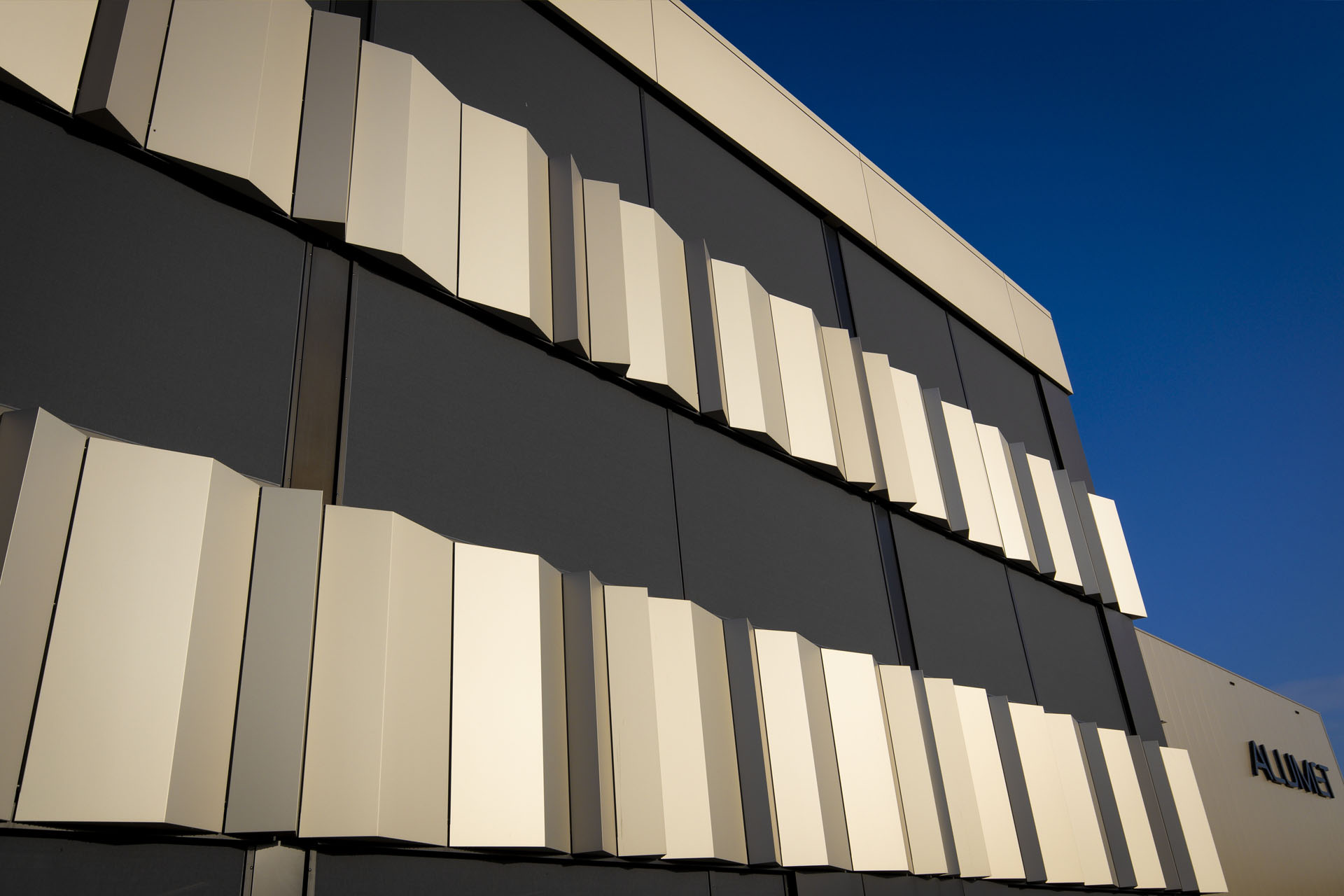
Alumet Plant (Image courtesy of Alumet)
We caught up with company CEO Remco Baartmans and Sales Manager Chananja Verhoog to learn more about anodised rainscreen cladding products and ask about the trends they’re spotting globally.
Remco, can you tell us a bit about the company?
Alumet was founded in 1967. The company is more than fifty years old and we’re proud of that longevity. Our growth is testament to the innovation of our team, and our commitment to pushing the boundaries of what is possible.
As a company, then, we specialise in producing colours on aluminium products, such as rainscreen cladding panels and window profiles. Our whole model is geared up to supplying The Netherlands, the UK & Europe and further afield with stunning, low maintenance, environmentally friendly anodised products that last.
As a company, we have a strong native base, but we export heavily too. We’ve recently completed Oman’s Across Ages Museum Project, London’s The Stage, Les Groues in Paris and Luxembourg’s Sky Park.
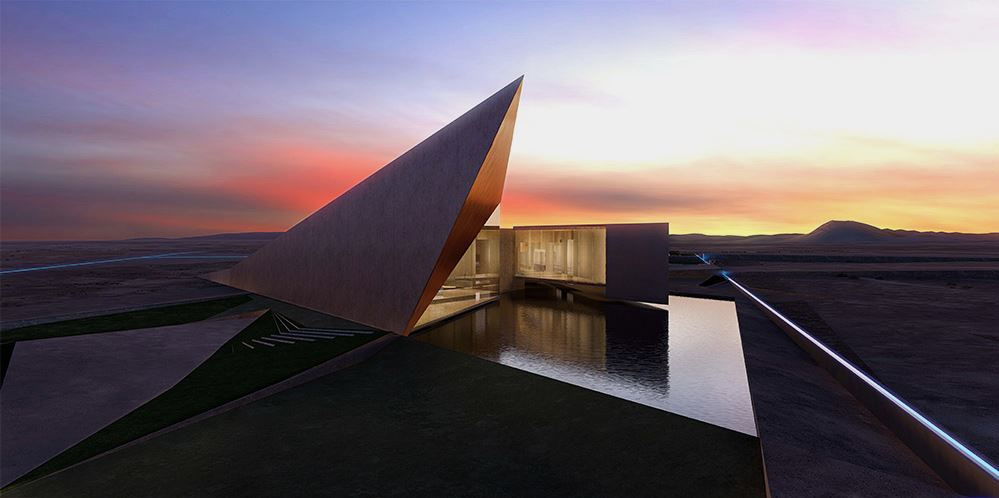
Museum Across the Ages, Oman (Image courtesy of Alumet)
To help meet this increasing demand, we invested in brand new anodising plant including a new anodising line which is state of the art in my home country – The Netherlands. When the new plant went live in 2020, we tripled our capacity overnight. However, we never want to reach 100% capacity. Part of our ethos is flexibility. We like to be available to our customers. We want to always be able to say “Yes, we can do that” and have the space to cater to our longterm clients.
Alumet Plant (Image courtesy of Alumet)
What’s particularly special about this new plant, apart from its size, is the approach. It is fully automated. Capacity has increased dramatically, but so has production output.
One of the bigger drivers for this new plant, apart from the demand from clients, has been our desire to increase the range of colours available. In 2022 we expanded the colour pallet to 40 colours.
🔗 See Alumet’s anodised aluminium finishes here.
Okay, can we talk about the science Chananja? How do you apply colours to aluminium panels? What does the anodising process look like for aluminium products?
The big thing to understand is that anodising is an electrochemical process, and not a spray application. When we anodise a sheet of aluminium, like a rainscreen cladding panel for instance, our processes actually change’s the surface of the Aluminium into an Aluminium Oxide. It’s a molecular change. We’re not ‘applying paint’. We’re using chemicals and electricity to change the aluminium into aluminium oxide. This process makes the final panel durable, corrosion-resistant and long-lasting. Aluminium Oxide cannot chip, peel or fade.
Pre-Treatment
To begin the process, we apply the architect’s chosen finish in a pre-treating process, this could either be brushing, polishing or blasting. This is brought to life with a mechanical pre-treatment.
Brushing is done mechanically with a special machine and can be used for multiple purposes for example we might apply brush marks to create a stainless steel or textured look.
Polishing is done mechanically with a special machine using soft cotton buffs to create a shiny glossy surface. Alumet can also polish after anodising, making polished aluminium even glossier giving an almost varnished appearance.
Blasting aluminium is also done mechanically, by blasting small stainless steel particles on the aluminium surface. Combining blasting with etching or chemical brightening gives the appearance sparkle glossy.
Chemical Treatment
Cleaning is the first step of the chemical pre-treatment of aluminium products. After cleaning with special soap and rinsing with alkaline rinse water, the product is ready for etching or anodising.
Matt etching is the second process and gives a silky-smooth appearance.
One process we are particularly excited about is chemical brightening whereby we dissolve particles of aluminium to leave behind a pure aluminium. This creates a bright, transparent version of aluminium and adds more gloss to the product, giving a ‘bright’ reflection.
One of the incredible benefits of this chemical brightening process is that the chemicals can reach grooves and bends in panels that mechanical polishing simply cannot access. This means that chemical brightening is much better suited to rainscreen cladding panels and window profiles. Plus, chemical brightening leaves no trace, unlike mechanical brightening, which can leave brush marks on the surface of the metal.
Anodising Process
Anodising is an electrochemical process which converts the metal surface into a decorative, durable, corrosion resistance, wear resistant oxide layer. The anodising process is done by the electrolysis of water – the H2O molecule is split into Oxygen and Hydrogen. It is the Oxygen which reacts with the Aluminium product to form the Aluminium Oxide (Al2O3).
Once this process is complete, we can add the colour treatment. It’s important to note that we use metal salts to create the final colours, as opposed to pigments which can fade over time. These metal salts work by reflecting and bending light, creating ‘colour’.
Finally, we seal the pores in the Aluminium Oxide to prevent any further corrosion from pollution and oxygen. And the final product is colour perfect, robust and stunning.
What finishes are available in Alumet’s range?
Chananja: Originally as a company, we provided 24 colours in a matt finish and 24 colours in a brushed finished. We’re delighted to now offer a bright finish, which is much higher gloss and more reflective finish. This is proving to be very popular, especially in the UK.
🔗 Click here to view the full range of anodised aluminium finishes available in Alumet’s range.
Remco, what are the benefits of anodising?
Anodising has three main benefits.
So firstly, we have durability. The anodising process changes the properties of the metal – it turns it from Aluminium to Aluminium Oxide – so there is no corrosion once the process is complete. This durability is unique to Aluminium Oxide because it is a chemical process.
Because of this, and the very little maintenance required on the finished product, we’re able to provide a 40 year warranty on our products. The only criteria is that the panels are cleaned at least once a year, with a PA neutral (non-abrasive) standard detergent.
This is really important to architects, who are increasingly looking for long lasting finishes, and durable product that don’t harm the environment. Anodising leads to less CO2 in the atmosphere than other approaches, and this matters.
Secondly, and most interestingly – the anodising layer is actually a transparent layer. People are often surprised to hear this. It means that it is still possible to see the original metal once the anodising process is complete. Architects like this – especially when a pre-treatment process like brushing or blasting has been applied – as they can see the effect on the metal itself.
And then thirdly, anodised aluminium is actually a naturally highly reflective material. This is very topical as more and more architects are asking us for highly reflecting rainscreen cladding panels, especially in bright colours like reds and coppers. Anodised surfaces have a natural way of reflecting light, and this is something that is highly appreciated by architects.
Remco, what trends are you seeing in architecture this year?
There is certainly a continued move towards more long lasting, durable products. Architects want to select materials and processes that last longer and have less impact on the environment over time.
Anodised products remain the same after 80 years! This is a huge benefit over other finishes. This is because the Aluminium is combined with Oxide, creating a very strong molecular compound. There is no corrosion, no colour change and no fading.
One point of interest is how we create our colours. We do not use pigments. We use chemicals and this produces a dramatically different outcome over time. Using chemicals to create colours in the anodising process means the panel is UV resistant. Pigments fade under the effects of UV light but anodised panels do not – the chemical reaction has already happened and will not happen again. Over the years, therefore, red won’t fade to pink and a green won’t fade to yellow.
One small disadvantage is that our colour palette is more selective. But with 40 colours available in various shades and finishes, architects still have an incredible choice for their project. And the benefits far outweigh this more selective palette.
What we’re really proud of is the CO2 footprint of our products. We have cut it by 30% compared with the powder coating process. Money wise, this equates to a 50% saving. We calculate that we have a global warming equivalent in kilograms (for A1+A2+A3) of 6,02kg per m². Our current calculations show that the cost of environmental impact in pounds is £0,83 per m² which we will deduct to £0,51 per m² when our Environmental Product Declaration (EPD) is completed.
Another trend we’re seeing is the desire for more variation on the façade. Introducing multiple colours or colour shades is one way to do this, but affecting the final finish of the material is another way to introduce contrast. For example, an architect might introduce a section with a brushed or high polished effect to provide contrast with the other panels. The anodising process is a perfect choice for this outcome because it can make very subtle marks into the panels, in line with the architect’s brief.
Interestingly, we’re seeing a rise in very specific colours – greens and coppers, especially with pre-treatments like brushing or chemical brightening. Copper has really taken off this year, specifically – copper tones with a semi-mirror finish or high reflective brightness.
As a company, we can now produce 40 different colours. We tend to show the 24 most popular colour choices in our brochures and green was nearly removed! It is most certainly being included in future print runs!
Chananja – Can architects produce patterns in the surface of anodised panels?
Absolutely! Using our Panelox product, we can produce any design imaginable on the surface of the panels – a rust effect, a frozen look, flowers, a zinc feel.
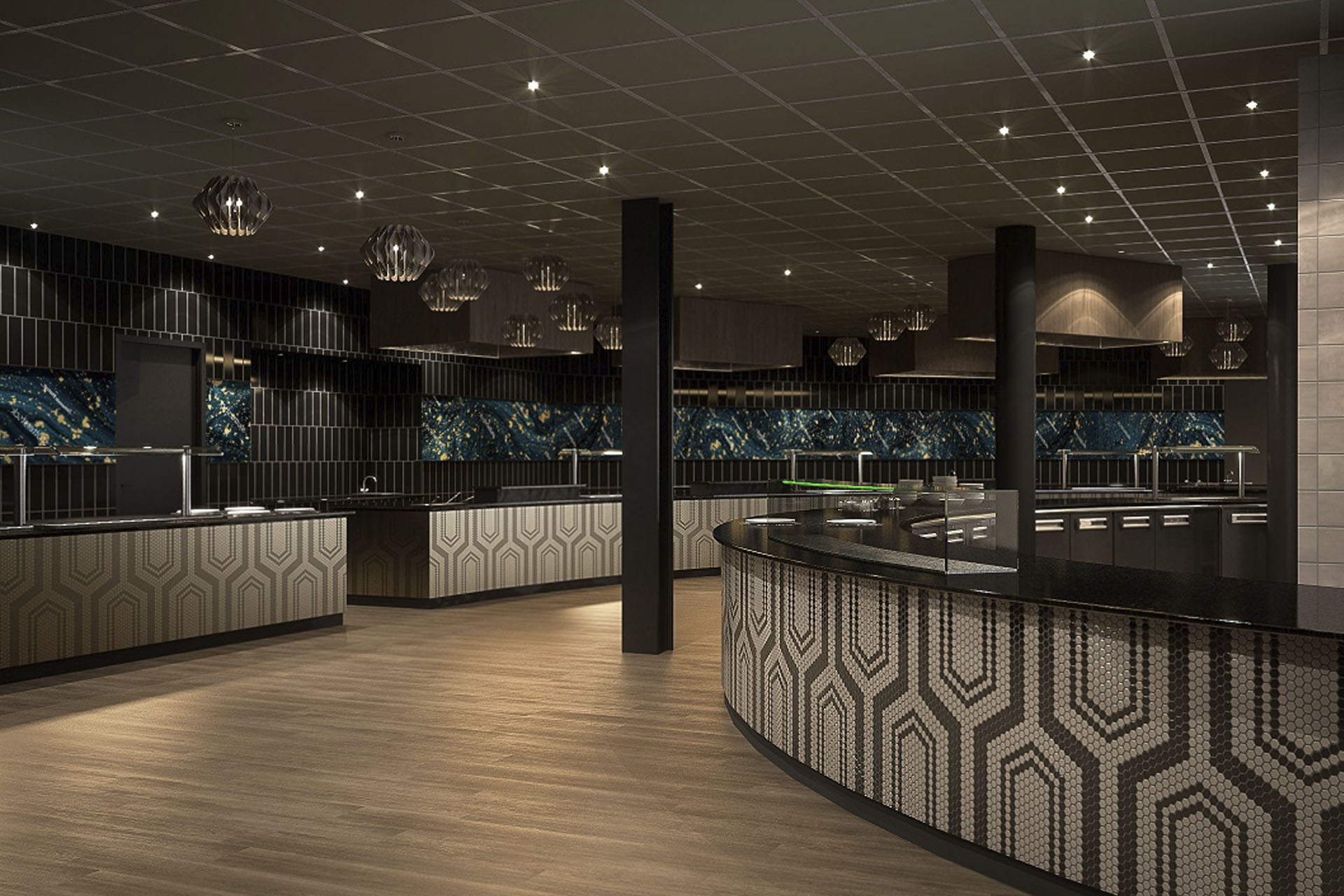
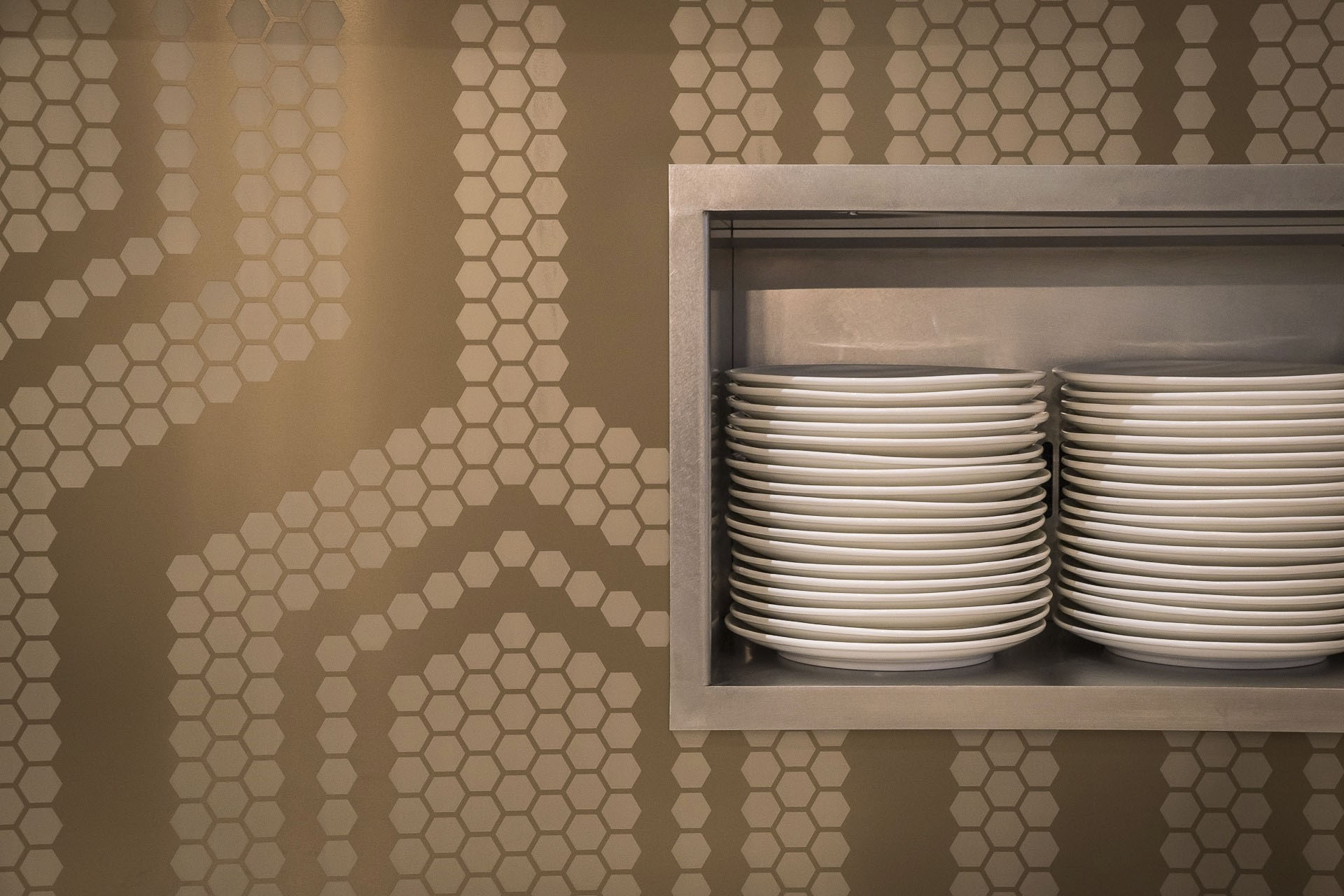
Where we’ve done this in recent projects, architects have supplied their own pattern, which can change from sheet to sheet. This process is a little more involved – we anodise twice, masking in between to create the pattern – so it requires a higher investment, but the look is of course highly unique and very striking.
One such examples is the My Domain project in Rotterdam. The building was bombed in the second world war. The architect wanted to capture this history in the future of the building so made an abstract picture of the scene. This was then printed multiple times across the whole façade, creating a unique look with a story to tell. It’s the story behind the façade.
Remco – Does Alumet work to British Standards in construction?
Yes, we do. As you know, there are some key differences in the British vs. European standards.
For example, we’re able to use the ‘hot seal’ to close the anodising pores, complying with the British standard. We’re also able to meet the British requirements on metal thickness and we can put more emphasis on the hardness of a finished layer when exporting to British markets.
We’re checked multiple times a year by UK auditors. They check the products, our processes and even the installation of the product. We’re certified the British Standard Institute.
Remco – How long does it take to get panels anodised, for a large-scale project?
Of course, it depends on the pre-treatment selected and the final colour choice. Our Panelox product requires double anodising so this takes a little longer.
On average, we aim for a five working day turn around. With our Panelox product, we’re looking at closer to fifteen working days. But that’s still pretty fast considering the process and the transportation.
What’s your passion Remco / How did you get into this work?
The company was founded by my grandfather and managed by my father. The company Alcoa also held shares in the business and was responsible for a large volume of anodised work each year. That all changed in 2004 when Alcoa sold their shares and decreased volumes considerably. That is when I became the director of Alumet, with a new business plan, to move away from anodising standard extrusion profiles to become a specialist in colour anodising for the façade industry.
What is the culture at Alumet?
We have a very open minded and very international company culture. We have German operational management and we have Polish, Romanian, Turkish, Moroccan and Dutch employees. Most meetings are therefore in English or German.
Can you tell us about your relationship with Sotech.
We have noticed a high demand of anodising as surface treatment in the UK. In order to service the market we have been looking for partnerships. Sotech is one of the most important façade suppliers in the UK, and we have worked together successfully on several projects now. We are now in the process of making our cooperation more efficient in terms of delivery performance and quality, but also in promoting our range of finishes to the architects.
What is the future of Alumet?
We are now on the forefront of anodising technology. In order to stay there we are constantly investigating new colour and finish techniques. Anodising is an incredible environmental friendly product compared to coatings. Still, we are looking at minimising our CO2 footprint with new technologies. The third development which we are currently investigating is the improvement of the pH resistance of anodised surfaces. With high pH resistance we can make the anodising layer resistant against mortar water leakage during the building phase, limiting the risks for construction companies.
To stay up to date on the latest expert articles as they’re released, be sure to join our monthly mailing list.
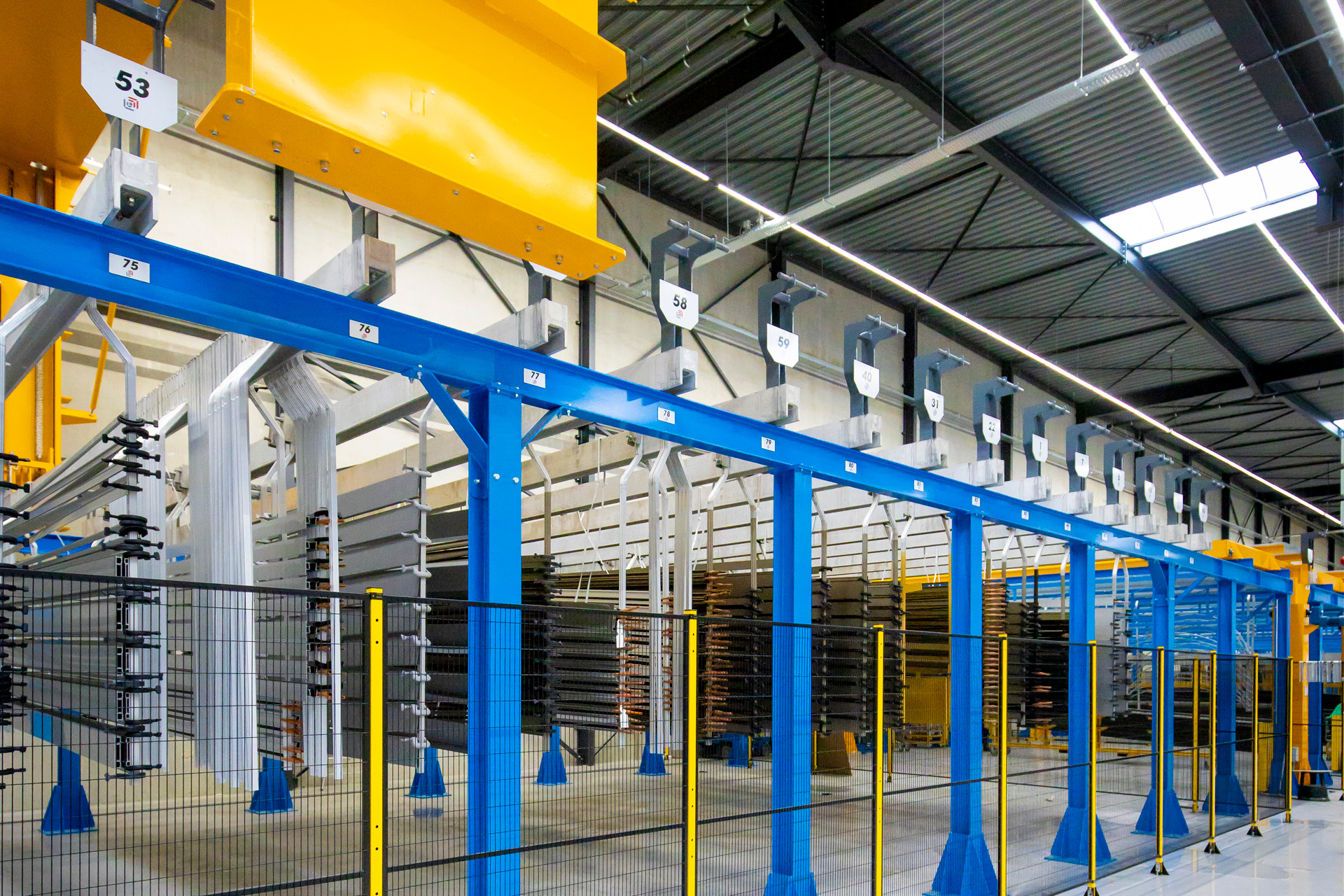
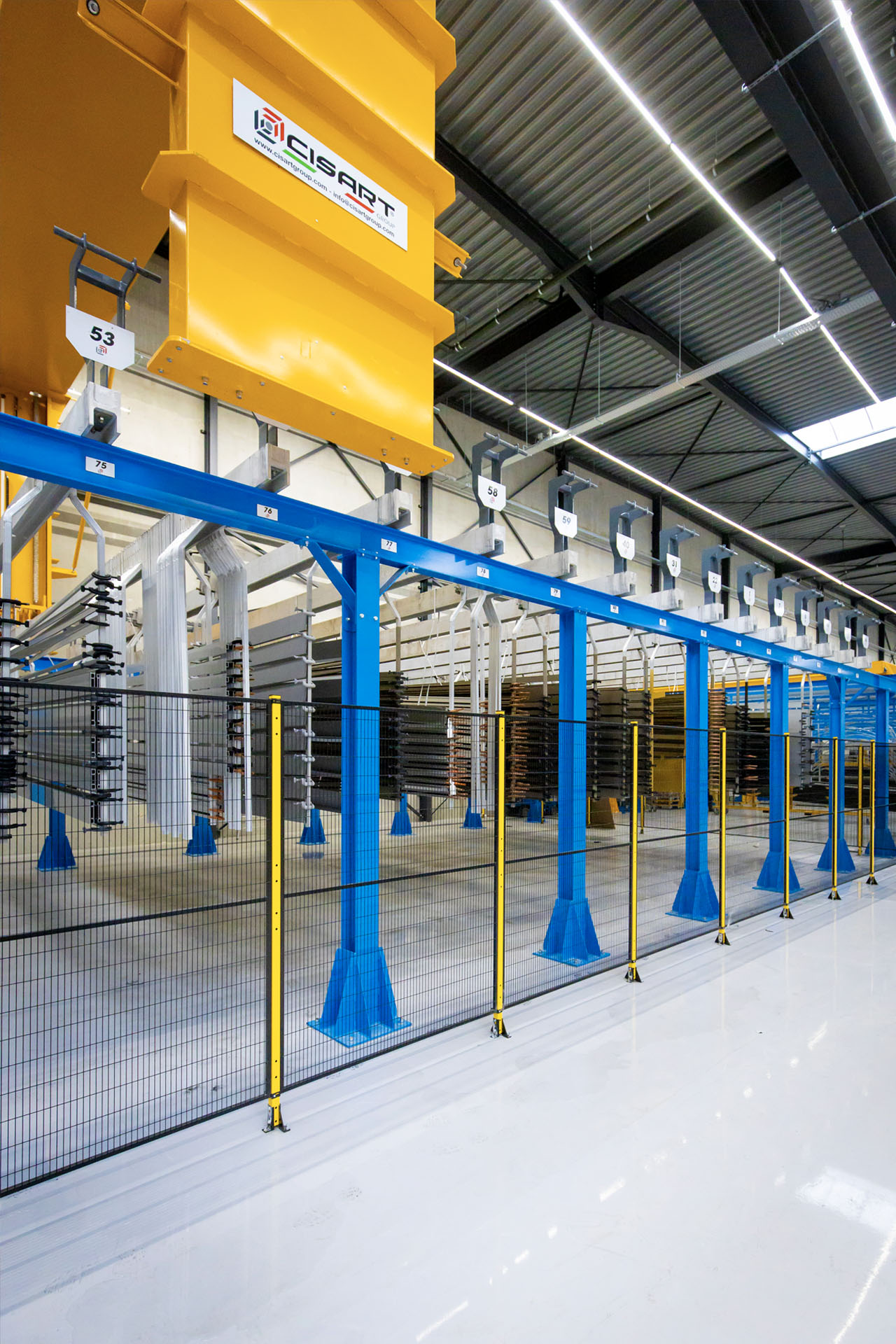
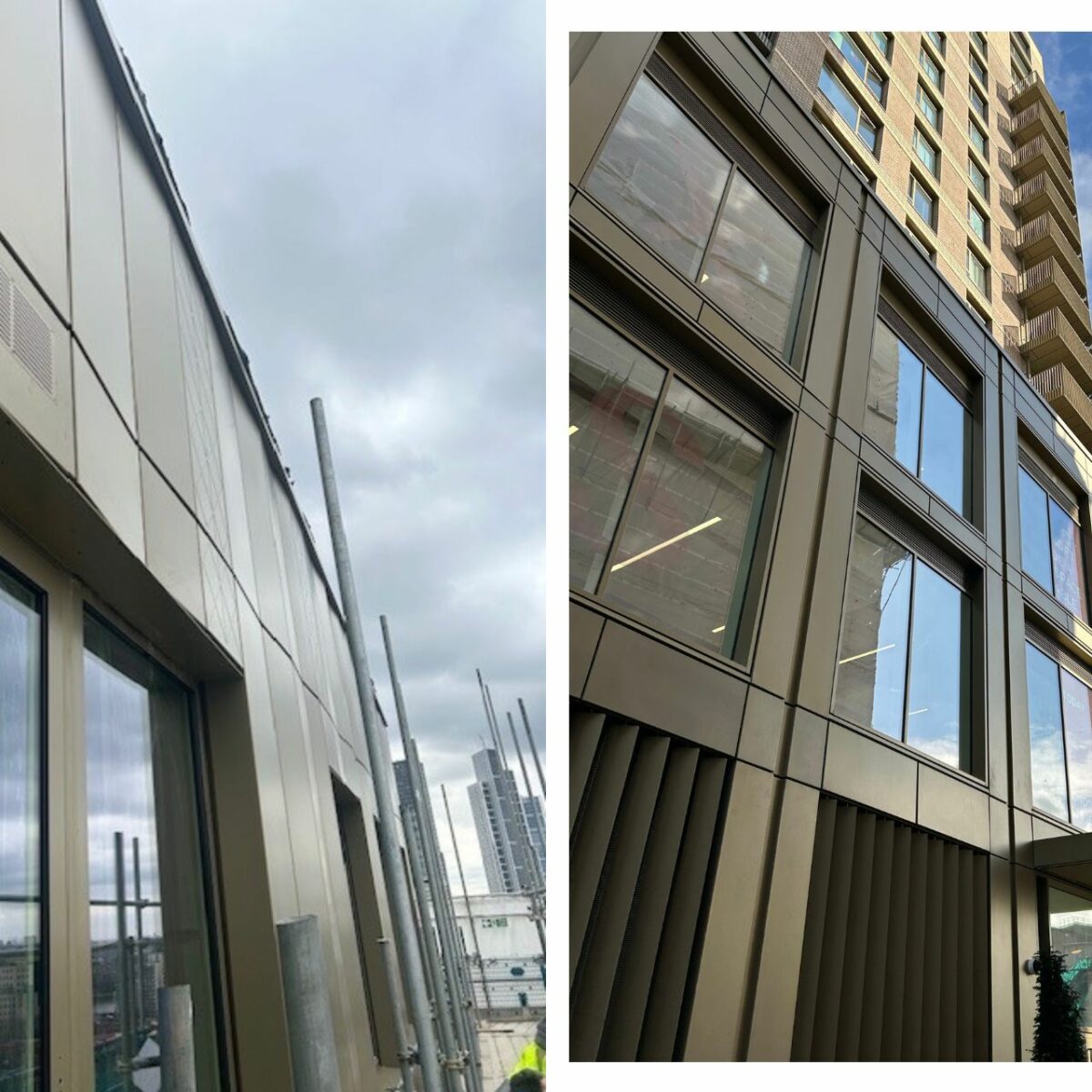

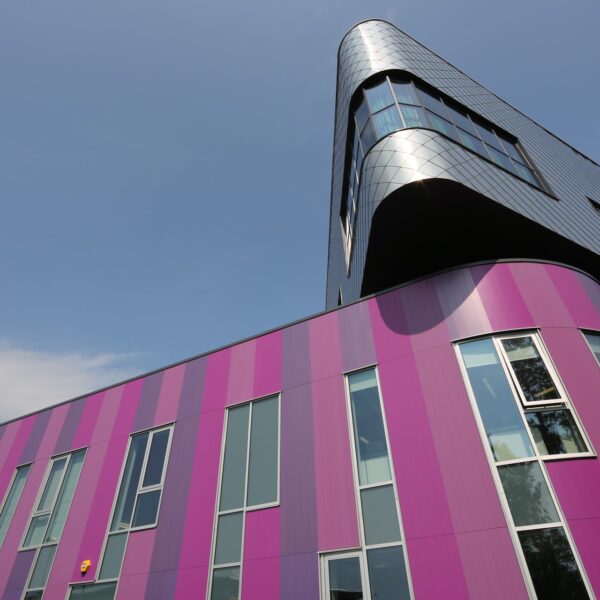
 No downloads in list yet.
No downloads in list yet.